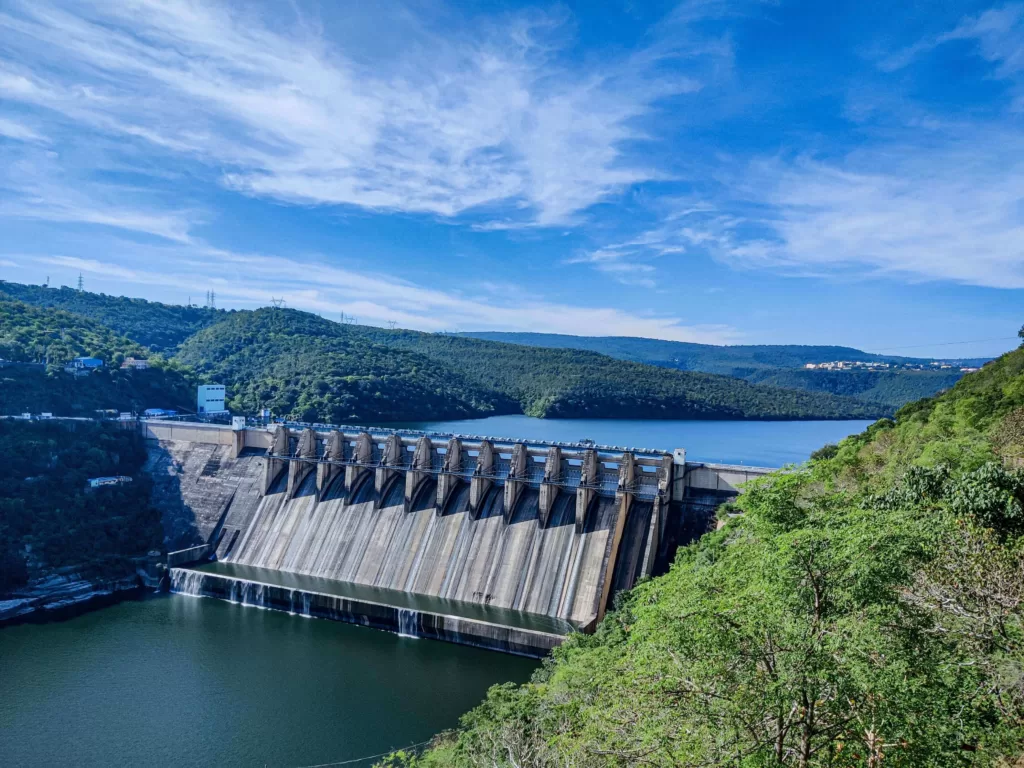Nagarjuna Sagar Dam, a magnificent feat of engineering, stands tall as one of India’s most significant landmarks. Located on the Krishna River in the state of Telangana, this colossal structure serves multiple purposes, including irrigation, hydroelectric power generation, and flood control. This article will explore the rich history, construction, benefits, and tourist attractions surrounding the Nagarjuna Sagar Dam.
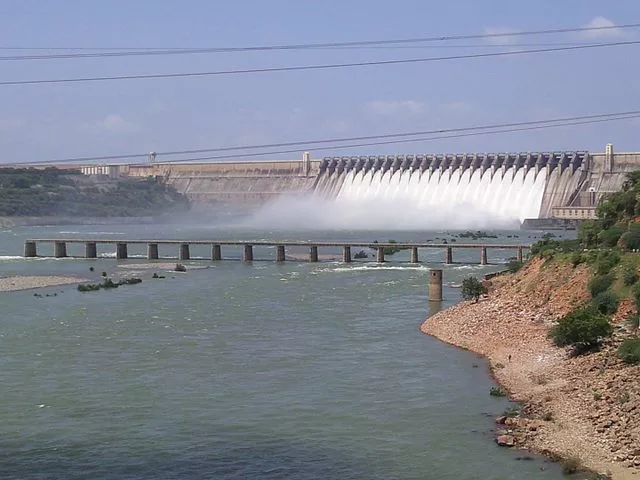
The History of Nagarjuna Sagar Dam
The history of Nagarjuna Sagar Dam can be traced back to the early 20th century when the idea of harnessing the Krishna River for irrigation and power generation purposes emerged. The dam was named after the renowned Buddhist scholar, Acharya Nagarjuna. Its construction aimed to transform the arid lands of the region and provide stability to the agricultural sector.
The Construction of the Dam
Bold Table Heading: Construction Details
| S. No. | Construction Phase | Duration |
|---|---|---|
| 1. | Planning and Design | 2 years |
| 2. | Excavation and Clearing | 1 year |
| 3. | Concrete Foundation | 3 years |
| 4. | Installation of Gates | 2 years |
| 5. | Completion and Testing | 1 year |
The construction of Nagarjuna Sagar Dam commenced in 1955 and spanned over a period of several years. It involved meticulous planning, excavation, and the use of cutting-edge construction techniques. The dam stands at an impressive height of 124 meters and stretches across a length of 1,450 meters, making it one of the largest masonry dams in the world.
The Engineering Marvel of Nagarjuna Sagar Dam
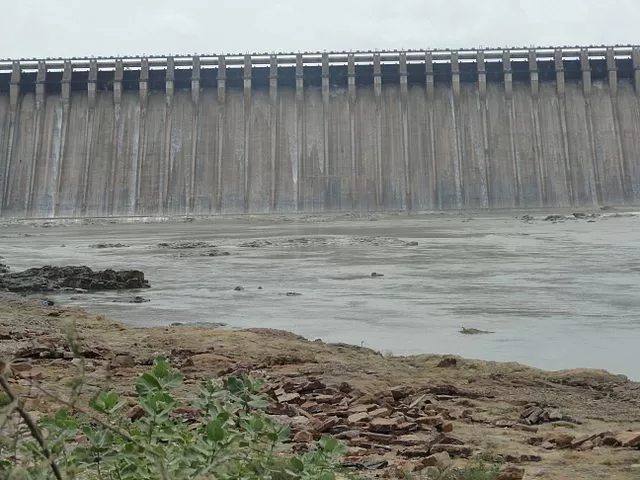
The engineering marvel of Nagarjuna Sagar Dam lies in its intricate design and structural stability. The dam incorporates a series of radial gates that regulate the flow of water, preventing floods during monsoons and ensuring a steady supply for irrigation. The massive reservoir formed by the dam can hold over 11,472 million cubic meters of water, making it a lifeline for the surrounding regions.
Benefits and Importance of the Dam
Bold Table Heading: Key Benefits of Nagarjuna Sagar Dam
| S. No. | Benefits |
|---|---|
| 1. | Irrigation for Agricultural Development |
| 2. | Hydroelectric Power Generation |
| 3. | Flood Control and Water Management |
| 4. | Drinking Water Supply for Nearby Villages |
| 5. | Industrial and Economic Growth |
The Nagarjuna Sagar Dam plays a vital role in the socio-economic development of the region. It provides irrigation water to thousands of hectares of farmland, supporting agricultural activities and ensuring food security. Additionally, the dam generates a substantial amount of hydroelectric power, contributing to the energy needs of the surrounding areas.
Tourist Attractions near Nagarjuna Sagar Dam
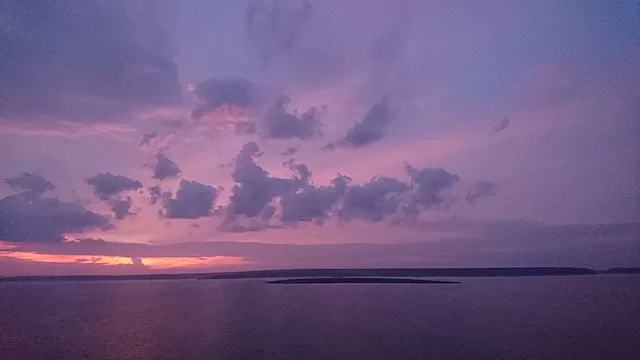
The area surrounding Nagarjuna Sagar Dam offers a plethora of tourist attractions for visitors to explore. The ethereal beauty of the reservoir, with its serene waters and picturesque surroundings, attracts nature enthusiasts and photographers alike. The nearby Nagarjuna Sagar Wildlife Sanctuary provides a habitat for diverse flora and fauna, offering wildlife enthusiasts a chance to spot various species in their natural habitat.
The Cultural Significance of Nagarjuna Sagar Dam
Nagarjuna Sagar Dam holds immense cultural significance as it stands near the ruins of the ancient Buddhist settlement of Nagarjunakonda. The region is home to several Buddhist relics and artifacts, offering visitors a glimpse into the rich history and heritage of the area. The dam has become a symbol of coexistence, representing the harmonious blending of nature, history, and modern engineering.
Environmental Impact and Conservation Efforts
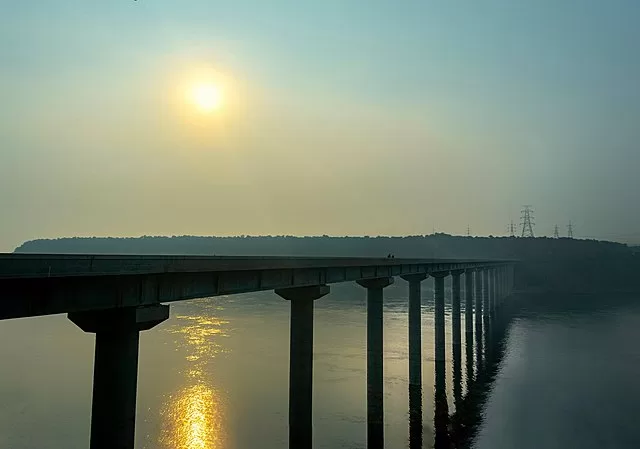
The construction of Nagarjuna Sagar Dam has undoubtedly had an environmental impact on the surrounding ecosystem. However, conscious efforts have been made to mitigate the negative effects and promote conservation. Several initiatives, including afforestation drives and sustainable development practices, are undertaken to ensure the preservation of the natural habitat and maintain ecological balance.
Future Prospects and Development Plans
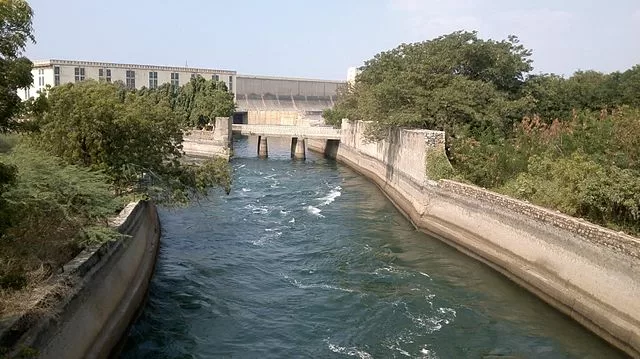
The future of Nagarjuna Sagar Dam holds immense potential for further development and expansion. Efforts are being made to enhance the dam’s capacity, improve water management techniques, and explore alternative energy sources. The authorities are also keen on promoting eco-tourism in the region, creating a sustainable balance between development and preservation.
People also ask
Which state Nagarjuna Sagar dam is located?
Nagarjuna Sagar Dam is located in the state of Telangana, India.
What is Nagarjuna Sagar dam famous for?
Nagarjuna Sagar Dam is famous for several reasons:
- Irrigation: The dam is renowned for its significant contribution to irrigation. It provides water to vast agricultural lands, enabling farmers to cultivate their crops and improve agricultural productivity in the region.
- Hydroelectric Power Generation: Nagarjuna Sagar Dam is also famous for its hydroelectric power generation capabilities. The flow of water through the dam’s turbines is harnessed to produce electricity, meeting the energy demands of the surrounding areas.
- Water Conservation: The dam plays a crucial role in water conservation by storing and regulating the flow of the Krishna River. It ensures a steady supply of water for irrigation, drinking purposes, and other industrial needs.
- Flood Control: Nagarjuna Sagar Dam is well-known for its flood control measures. During heavy monsoon seasons, the dam’s gates can be opened or closed to manage the water flow, mitigating the risk of flooding downstream and protecting nearby areas.
- Tourism: The scenic beauty and surroundings of Nagarjuna Sagar Dam attract numerous tourists. Visitors come to admire the massive structure, enjoy boat rides on the reservoir, explore nearby wildlife sanctuaries, and experience the cultural heritage of the region.
Overall, Nagarjuna Sagar Dam’s fame stems from its role in irrigation, power generation, water conservation, flood control, and its appeal as a tourist destination. It stands as a remarkable engineering achievement and a symbol of progress and development.
Is Nagarjuna Sagar best time to visit?
The best time to visit Nagarjuna Sagar depends on personal preferences and the desired experience. However, the winter season, from November to February, is generally considered the ideal time to visit.
During this period, the weather in Nagarjuna Sagar is pleasant, with mild temperatures and comfortable conditions for outdoor activities. The scorching heat of summer and the heavy rainfall of the monsoon season are avoided during winter, making it a favorable time for sightseeing and exploration.
Visiting Nagarjuna Sagar in winter allows you to enjoy the scenic beauty of the reservoir and explore the surrounding attractions without the discomfort of extreme weather conditions. It is also a great time for birdwatching, as migratory birds flock to the area during this season.
It is worth noting that the months of November and December may witness a slightly higher influx of tourists due to the holiday season. If you prefer a quieter and less crowded experience, visiting in January or February might be more suitable.
Ultimately, the best time to visit Nagarjuna Sagar depends on individual preferences, but the winter season offers a pleasant climate and an excellent opportunity to appreciate the beauty of the region.
Which is the oldest dam in Telangana?
The oldest dam in Telangana is the Sriram Sagar Dam, also known as the Pochampadu Dam. It is located on the Godavari River in the Nizamabad district of Telangana. Construction of the dam started in 1949 and was completed in 1960. The Sriram Sagar Dam serves multiple purposes, including irrigation, flood control, and hydroelectric power generation. It was one of the pioneering irrigation projects in the region and continues to play a vital role in water management and agricultural development in Telangana.
Conclusion
Nagarjuna Sagar Dam stands tall as a testament to human ingenuity and the quest for progress. Its construction has transformed the lives of countless individuals, providing water for irrigation, electricity for industries, and a serene environment for tourism. As we move forward, it is crucial to strike a balance between development and environmental conservation to ensure a sustainable future for generations to come.
FAQs
-
What is special about Nagarjuna Sagar Dam?
Nagarjuna Sagar Dam is one of the largest masonry dams in the world. It’s built across the Krishna River and not only provides irrigation but also generates hydroelectric power and supports drinking water needs for nearby regions. -
Which river is Nagarjuna Sagar Dam built on?
The dam is constructed on the Krishna River, which is one of the major rivers in southern India, flowing through Maharashtra, Karnataka, Telangana, and Andhra Pradesh. -
Can tourists visit Nagarjuna Sagar Dam?
Yes, absolutely! Tourists can enjoy scenic views of the dam and the reservoir. There are also boat rides to Nagarjunakonda Island, which is rich in Buddhist history and archaeological significance. -
Why is it called ‘Nagarjuna’ Sagar Dam?
The dam is named after Acharya Nagarjuna, a famous Buddhist scholar and philosopher who once lived in the region. The area holds deep historical and spiritual significance. -
Is Nagarjuna Sagar Dam important for agriculture?
Definitely! The dam plays a crucial role in irrigating large tracts of agricultural land in Telangana and Andhra Pradesh, making it a lifeline for farmers in the region.

